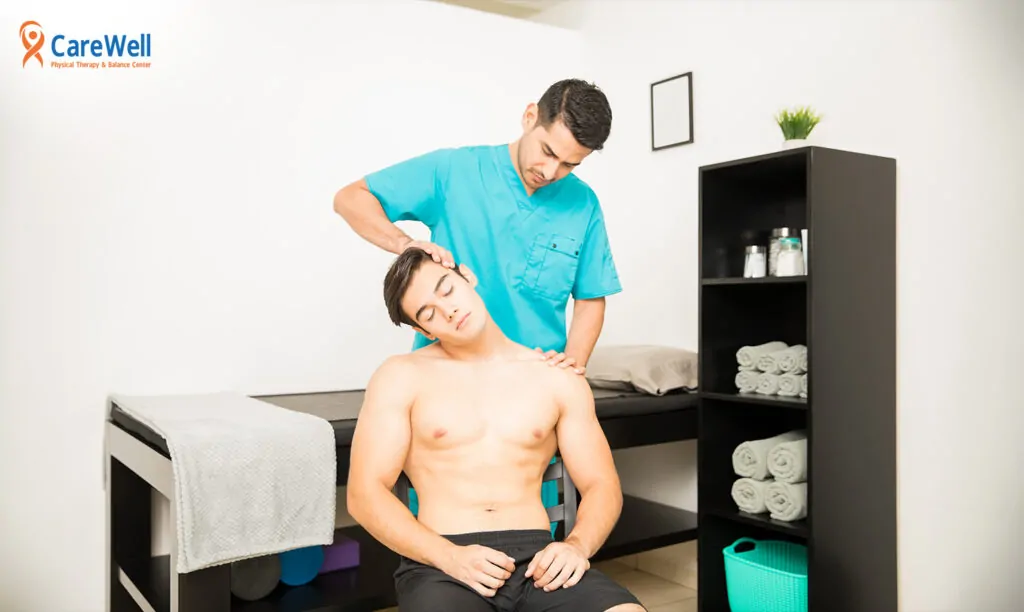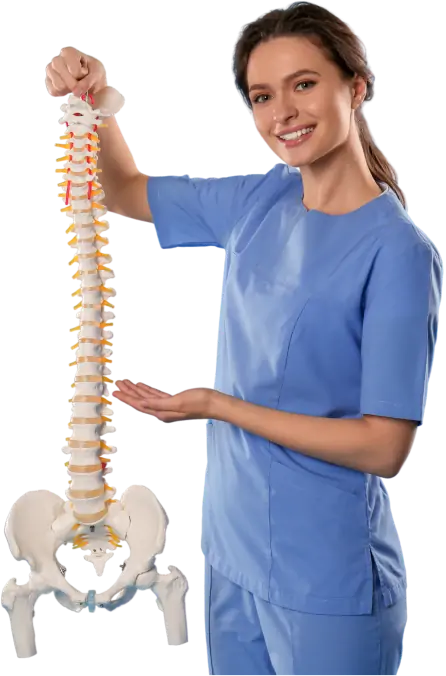How Can Orthopedic Physical Therapy Help After Surgery?
Home > How Can Orthopedic Physical Therapy Help After Surgery?
Recent Blogs
Dizziness Physical Therapy: A Path to Balance and Recovery
How Geriatric Physical Therapy in Tampa Can Help You

How Can Orthopedic Physical Therapy Help After Surgery?
Healing from surgery often gives a tough challenge, especially when it comes to recovering full mobility and strength. Orthopedic physical therapy in Tampa plays a vital role in this recovery procedure, presenting specialized care developed to promote healing and fix function. By focusing on targeted exercises, manual therapy, and personalized rehabilitation plans, orthopedic physical therapists help patients overcome post-surgical limitations, reduce pain, and improve overall physical function. Whether you’re recovering from joint replacement, a fracture, or soft tissue surgery, engaging in a structured therapy program can make a significant difference in your recovery journey.
Benefits of Orthopedic Physical Therapy
Managed Pain
Good orthopedic physical therapy can help stop pain, reducing the need for pain medication that may have other adverse side effects. Therapists may massage the sensitive places where the tissue might be rigid or sensitive post-operation. This can relieve stiffness, leading to less pain. Temperature therapy might also be employed, as ice packs will decrease inflammation, and heated pads will loosen tightness and pressure. Other treatments like TENS–a type of electric nerve stimulation therapy–and exercises geared towards pain management have proven highly useful in stopping pain and getting patients back to a regular level of health.
Regained Strength
Revamping strength is one of the most influential parts of healing post-surgery. Often, you will lose important muscular strength post-procedure due to stagnancy and pain. And in many cases, particularly with older people, this strength is never recovered without proper rehabilitation. Yet, orthopedic physical therapy, through detailed exercises, can build muscle strength back to its regular functioning level–if not higher than it was pre-surgery. As the muscle rebuilds and recovers from regular usage, other negative symptoms will enhance as well.
Increased Mobility
After an operation, mobility is often very restricted. Without suitable care management and treatment, the pain can persist and even deteriorate. With good orthopedic physical therapy, however, you can recover and even enhance your mobility through a regimen of stretching and exercise. In most cases, this also applies to devices like canes, crutches, braces, and other aids that will help you as you slowly rebuild your range of motion. This type of training is the only way to ensure you both can move freely and help prevent any issues that might need further surgeries later on.
Regaining Balance and Control
For some, regaining the power to suspend voluntarily after an intensive operation, particularly one on the hip or lower body, can prove challenging. The chances of moving around without the help of therapists can leave you immobile or risk re-injury through a fall. Luckily, therapy can deliver a safe and gradual plan to get you confidently back on your feet. If the surgery took place in the arm, wrist, or hand, therapists can help you improve your fine motor skills again. Across-the-board, orthopedic physical therapy will give you all the instruments you need to regain your balance and control and get back to your routine.
Improved Blood Circulation
Without good blood circulation, your body can have a difficult time healing and getting back to regular. Unfortunately, without therapy, you may limit good blood flow by remaining motionless, sitting or lying down for large parts of the day. This can restrict healing at the surgery’s site and lead to more pain, infection, and lack of mobility. Yet, with orthopedic physical therapy, blood flow is maximized, and the recovering parts of the body begin to obtain the nutrients they need to heal and enhance. This is achieved through strategic positioning of the body, as well as through exercises that get your blood flowing in a managed and effortless way.
Tips to Obtain the Best Results of Orthopedic Physical Therapy
Visit the Right Person
Make sure your therapist is suitable to treat your particular situation. For instance, you can request for an Orthopedic Certified Specialist (OCS). Or you can ask a doctor to lead you to a healthcare provider with the skills to suit your needs.
Get Active
You will notice the best results if you take responsibility for your improvement. Make sure that you question any queries you have before you start. Let your therapist sense what is happening to you and if an exercise is harming or helping you. Health experts are not mind-readers. Be real about what you are accomplishing and what works. Questioning queries and delivering complete solutions will help you get adequate outcomes.
Work Hard
Set an objective for what you require to succeed, and keep that purpose in mind. Your PT has the specific medical expertise to identify when to urge you to continue, even when it isn’t very easy. Give it your all when you are in a procedure with your therapist, and obey the actions you are given to accomplish at home. Your therapist will work alongside you to get you back to your dynamic life. But you are a crucial part of the process. Work when you need to work. Recall to pause when you require to pause.
All-around
Orthopedic physical therapy plays a crucial role in the recovery process after surgery by focusing on restoring movement, strength, and function. Through personalized exercises and manual therapy techniques, patients can experience reduced pain, improved mobility, and a quicker return to daily activities. Therapists also deliver education on correct body mechanics and post-surgical care, assuring that patients can bypass difficulties and optimize their healing.
Leave a reply
Tags : Body Health,Bone,Chiropractic
Share This:
Physical Therapy that's designed entirely around you.
From athletes on the field to weekend warriors in life, being committed to a physical therapy program helps you to keep pushing ahead!


